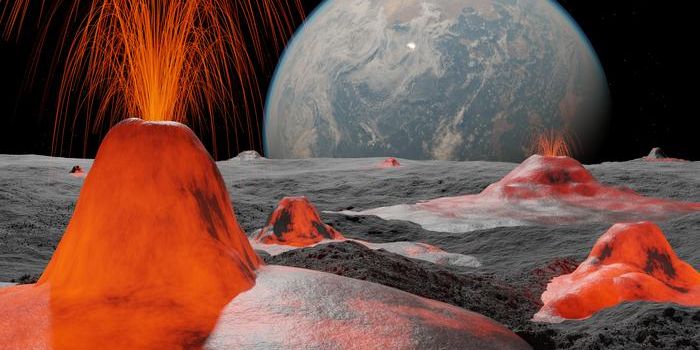Probing Mars' Interior Reveals Vast Underground Water Reservoir
While Mars is incapable of having liquid water on its surface, what about underground, and how much could there be? This is what a recent study published in the Proceedings of the National Academy of Sciences hopes to address as a team of researchers investigated how liquid water might be present beneath the Martian surface. This study holds the potential to help researchers not only better understand the current conditions on the Red Planet, but also if these same conditions could have led to life existing on the surface in the past.
For the study, the researchers analyzed seismic data obtained by NASA’s now-retired InSight lander, which landed on Mars in 2018 and sent back valuable data regarding the interior of Mars until the mission ended in 2022. This was after mission planners determined the amount of dust that had collected on the lander’s solar panels did not allow for sufficient solar energy to keep it functioning. However, despite being expired for two years, scientists continued to pour over vast amounts of data regarding the interior of Mars.
Now, after combining this seismic data with models used on Earth to map underground oil fields and aquifers, the researchers determined that igneous rocks (cooled magma) are drenched in liquid water between 11.5 and 20 kilometers (7.15 and 12.4 miles) beneath the Martian surface. Additionally, they ascertained the volume of this liquid water could cover the entire surface of Mars up to approximately one-mile deep. The presence of liquid water beneath the surface could help scientists better understand the water cycle on Mars, but accessing this water for future astronauts or colonists is out of the question given its depth.
A cutout illustration of the Martian interior beneath NASA's Insight lander showing dryness in the top 5 kilometers fractured rock but 11.5-20 km below the surface is potentially present with liquid water. (Credit: James Tuttle Keane and Aaron Rodriquez, courtesy of Scripps Institute of Oceanography)
"Establishing that there is a big reservoir of liquid water provides some window into what the climate was like or could be like," said Dr. Michael Manga, who is a professor of earth and planetary science at UC Berkeley and a co-author on the study. "And water is necessary for life as we know it. I don't see why [the underground reservoir] is not a habitable environment. It's certainly true on Earth — deep, deep mines host life, the bottom of the ocean hosts life. We haven't found any evidence for life on Mars, but at least we have identified a place that should, in principle, be able to sustain life."
Long ago, Mars had vast amounts of liquid water cascading across the surface, but once the planet lost its protective magnetic field, solar radiation stripped the atmosphere, and the water with it. However, these findings indicate that not all the water was lost to space, but perhaps seeped into the planet itself.
What new discoveries about the potential for liquid water on Mars will researchers make in te coming years and decades? Only time will tell, and this is why we science!
As always, keep doing science & keep looking up!
Sources: Proceedings of the National Academy of Sciences, EurekAlert!









